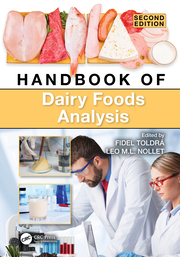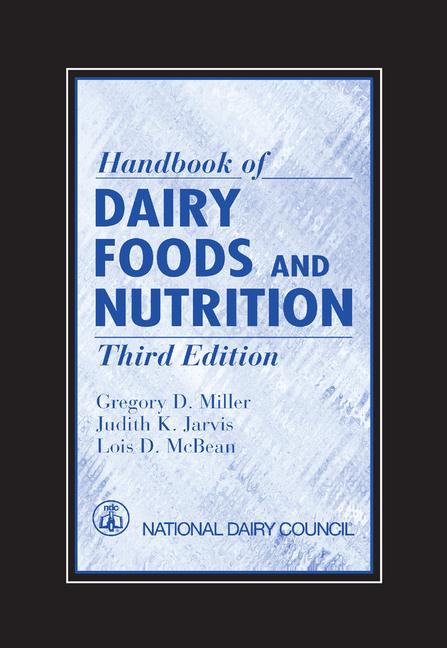The evolving microbiology of cheese
New technology, like next-generation sequencing, is leading the way for a new generation of cheesemaking.

Alive and ever-changing, microbes are responsible for everything from the safety of cheese to its flavor development during ripening. In fact, microbes in the form of starter culture, or adjunct bacteria/fungi, are ultimately responsible for turning milk into an almost endless array of cheese varieties.
The crucial role of cultures
The well-known fungal ripening cultures Penicillium camemberti and Penicillium roqueforti play crucial roles in the appearance and flavor development of white and blue-veined cheeses. Additionally, we now recognize that many other types of yeasts/molds and bacteria are part of the complex flora present on the rinds of surface ripened cheeses. Given the important role microbes play in creating unique, safe and wholesome cheese, scientists have long searched for technologies to improve the selection and identification of bacteria and fungi.
For centuries, this type of selection was not possible; instead, the natural flora of the milk and cheesemaking environment played the most significant role in the cheesemaking process. Just over a hundred years ago, however, scientists started identifying the main bacteria responsible for cheesemaking.
Today, thanks to those scientific advances, technology and improved sanitation, cheesemakers are gaining a greater-
than-ever ability to select, and perhaps even create, the specific types and strains of microbes that allow for more reliable acidification of milk, delicious cheese flavor development and enhanced resistance to phage (viral) attack.
Next-gen sequencing
At the forefront of this new effort is next-generation sequencing, a technology that uses DNA sequencing to identify microbial strains. This technology is quickly becoming the preferred methodology for identifying microbes in cheese. It greatly surpasses the capabilities of previous culturing methods, which are cumbersome and lack the accuracy of the sequencing methodology.
A deeply important technology for the food industry, next-generation sequencing has allowed us to identify very specific strains of microbes that cause a number of positive and negative attributes in cheese. For example, using this sequencing method, we can identify, down to the specific strain, which microbe is present and which aspects of that microbe are responsible for producing specific flavor enzymes or other reactions within the cheese.
We can also see how specific microbial DNA reacts when exposed to certain conditions within the cheese (e.g., various salt contents). In addition, we can see how microbes within the same piece of cheese can change via the natural exchanging, or acquisition, of DNA (i.e., horizontal gene transfer), something that has been a focus in the Dutton Lab at the University of California San Diego. Using the information gathered from next-generation sequencing research of specific cheese microbes, scientists are beginning to experiment with the possibility of improving those strains.
Advancing dairy microbiology
The discovery of clustered regularly interspaced short palindromic repeats (CRISPRs) makes way for another genetic tool with tremendous potential for advancing dairy microbiology — and for the engineering of dairy cultures, in particular.
The CRISPR technique allows for the enhancement or suppression of genes via targeted DNA removal, repair or insertion. Already used by food science researchers and microbiologists around the world, CRISPR has proven to be a viable, efficient method for the modification of microbial strains that affect cheese. By combining next-generation sequencing with CRISPR, we can identify the genetic markers involved and then modify the starter cultures for enhanced phage resistance.
In the future, a similar process likely will also allow us to identify particular enzymes needed for flavor development within a strain and then customize a culture that will produce those unique flavors.
CRISPR also has food applications beyond cheese. For example, at UW-Madison, Assistant Professor JP van Pijkeren, Ph.D., has successfully experimented with the use of CRISPR in editing (called “recombineering”) Lactobacillus reuteri, an important dairy probiotic bacterium. The goal is to develop tailored probiotics that can target undesirable microorganisms in the human GI tract.
Technology leads the way
From a custom-created microbe that produces a flavor unique for your company to an improved understanding of the interaction between the various microbes on the surface of cheese rinds, technology is leading the way for a new generation of cheesemaking. These developments will change the way we look at flavor, phage and the complex communities that make up the living aspect of cheese. They will also continue to create unique opportunities and challenges for cheesemakers and dairy researchers around the world.
Looking for a reprint of this article?
From high-res PDFs to custom plaques, order your copy today!









